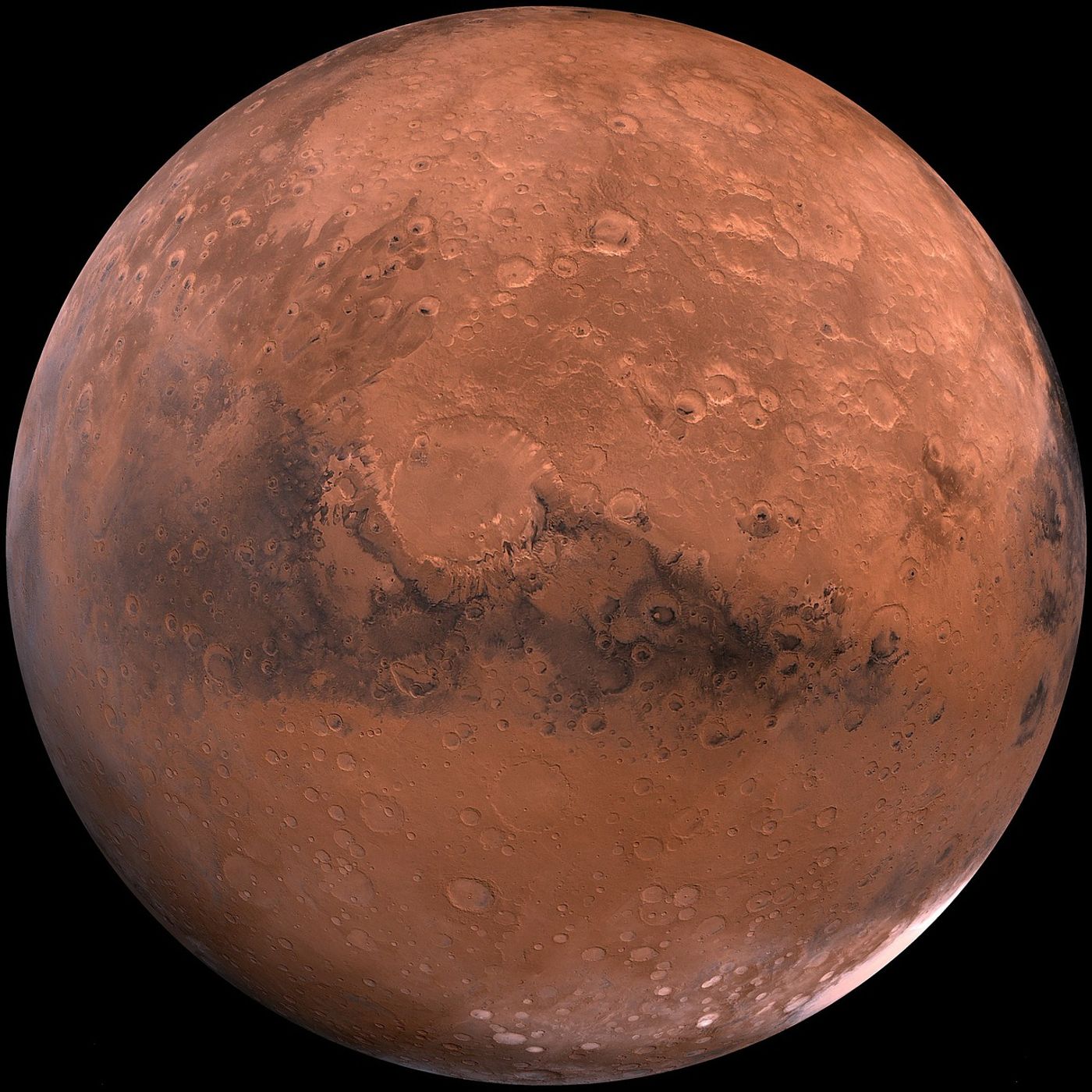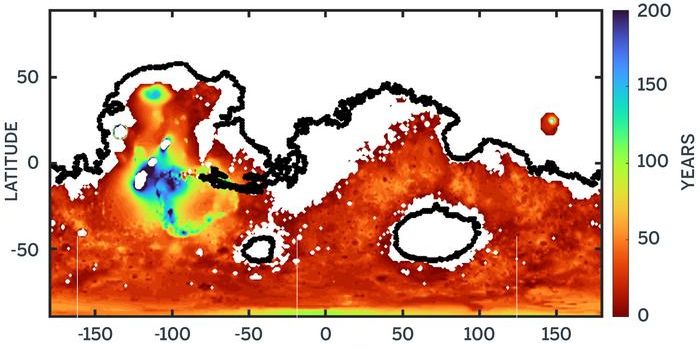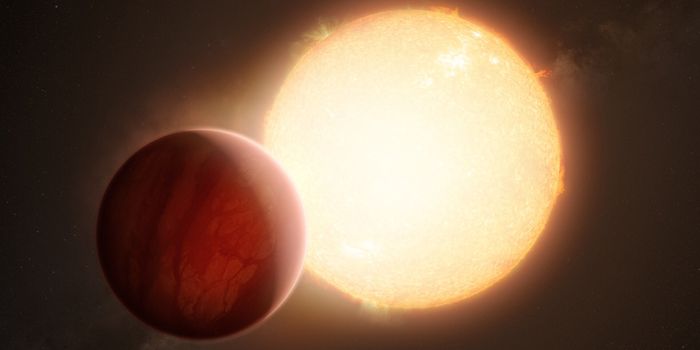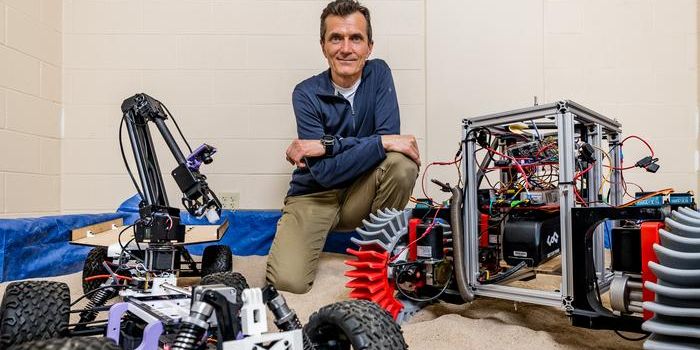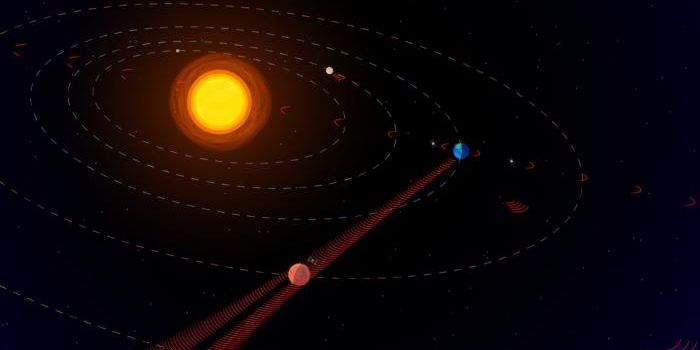Terraforming Mars Not Possible With Current Technology, Study Suggests
Mars is a bleak and lifeless place today, at least when compared to Earth’s standards. With that in mind, it’d take significant efforts to make the red planet even partially habitable by humans.
Image Credit: NASA
Several ambitious plans to colonize Mars have surfaced in recent years, with one suggesting that we terraform it by exploiting the greenhouse gasses available there to warm the planet up and make it more habitable. But would this idea actually work?
Citing a paper published in the journal Nature Astronomy this week, perhaps not; at least not with the limitations imposed by modern technology.
While the concept seems brilliant at first glance, the single most significant issue with it is that Mars probably doesn’t have enough easily-reachable carbon dioxide to induce a global warming effect akin to the Earth’s.
Data accrued by NASA’s Mars Reconnaissance Orbiter (MRO), Mars Odyssey spacecraft, and MAVEN (Mars Atmosphere and Volatile Evolution) spacecraft helped the researchers formulate a “clean inventory” of Mars’ carbon dioxide stores and reach their conclusion.
“These data have provided substantial new information on the history of easily vaporized (volatile) materials like CO2 and H2O on the planet, the abundance of volatiles locked up on and below the surface, and the loss of gas from the atmosphere to space,” explained study co-author Christopher Edwards from Northern Arizona University.
Related: This is how Elon Musk wants to colonize Mars
The point of warming Mars up would be to increase its atmospheric pressure so that liquid water could exist on its surface. Mars’ current atmospheric pressure is only 0.6% that of Earths, and harnessing accessible stockpiles of carbon dioxide would only bring that atmospheric pressure to a fraction of Earth’s, which isn’t enough to keep liquid water from evaporating.
“Our results suggest that there is not enough CO2 remaining on Mars to provide significant greenhouse warming were the gas to be put into the atmosphere; in addition, most of the CO2 gas is not accessible and could not be readily mobilized,” added study lead author Bruce Jakosky from the University of Colorado, Boulder.
“As a result, terraforming Mars is not possible using present-day technology.”
The researchers admit that there could be additional resources deeper below the Martian surface, but the abundance there isn’t entirely known, and current technology would struggle to reach it without requiring unrealistic amounts of energy to do so.
As it would seem, terraforming Mars may not be an option for the foreseeable future. But that doesn’t mean astronauts couldn’t visit the red planet in person with the help of protective space suits and pressurized habitation modules.
Source: University of Colorado, Boulder
